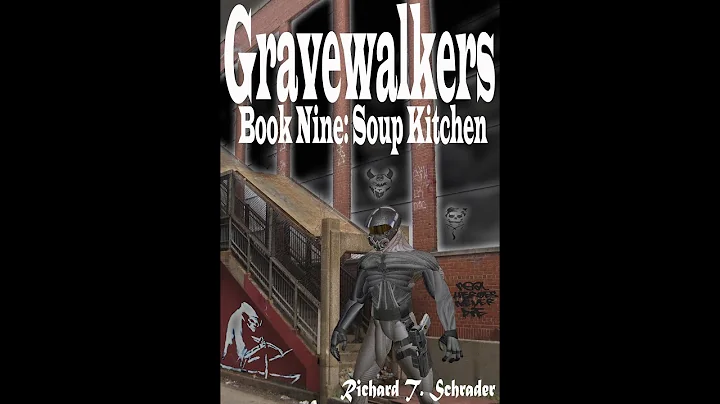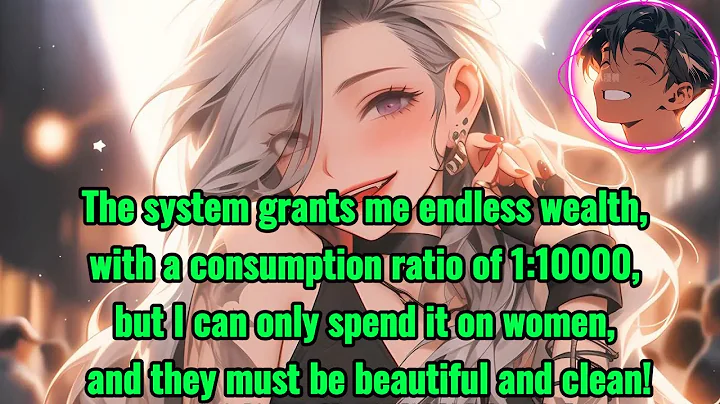If you are concerned about fashion and fashion shows, you should know that there is a luxury brand with a very "exaggerated" design: D&G. In his related reports, we can often see words such as Rococo and Baroque. What exactly are these two styles? They look very similar, how should they be distinguished?

This issue of 5 minutes column, let us take a look! The origin of
/
European classic styles are divided into many types, among which Baroque and Rococo are two of the more important styles. Although Baroque and Rococo are both gorgeous, Baroque is more majestic, while Rococo is relatively feminine.
From the time of appearance, Baroque and Rococo styles can also be said to be in the same line. Baroque appeared earlier, generally referring to the reign of Louis XIV (1643-1715). Rococo followed Baroque and appeared during the reign of Louis XV (1723-1774).

Baroque style Paris Opera Picture source: Visual China
The word Baroque originated from Portuguese (Barroco), which means "pearl with a strange shape." The outstanding feature of is one word: "weird".
The rise of Baroque is to oppose the serious, restrained and rational form of classicism. It is a passionate art. Baroque breaks the tranquility and harmony of reason, is full of romanticism, and emphasizes the rich imagination of the artist.

Rococo style
, the queen's bedroom at the Palace of Versailles
, when it comes to Rococo, the word evolved from the French ro-caille (shell craft), which originally meant a shell-shaped pattern in architectural decoration. In 1699, the architect and decorative artist Marley used this kind of curved shell pattern in the decoration design of the Jin's mansion, which was named after it.
/
clothing
Louis XIV period is the most popular period of Baroque style, popular and gorgeous large flower decoration and fruit patterns, Louis XV has smaller patterns, and Louis XVI has entered the Rococo period, fashionable small broken flowers.
Baroque style
"Sun King" Louis XIV, is the most loyal supporter and promoter of Baroque style. He was wearing lace-trimmed silk stockings, a wavy wig, and a gem-studded sword around his waist.

Louis XIV
Everyone can take a closer look at his shoes. This pair of red high heels was an invention of Louis XIV. He even stipulated that only royals and nobles are qualified to wear red heels. If you go to the street dressed like this today, you will definitely be regarded as crazy. But the Baroque style is so capricious.

red high heels worn by Louis XIV
menswear:
The most gorgeous and charming menswear in the history of the Baroque period. The biggest feature is lace with large sleeves, boots with spurs, big feather hat and saber. Short vests are popular at this time, a bit like a suit vest. The underwear at this time is very gorgeous and is heavily tied up with a large number of ribbons. An underwear needs more than 100 meters of ribbon decoration. Long coats began to appear. At first there was no collar. Later, large collars appeared, densely decorated with ornate buttons from top to bottom. At this time, the trousers were popular with bloomers, which were also buttoned up to the knees, and tight stockings underneath. Shoes generally have a square toe, a high heel, and are usually red. The shoes are decorated with flowers or ribbons. Shoe buckles appeared in the late Baroque instead of decoration.

Women's clothing:
Baroque clothing, except for Spanish women, do not need to wear panniers at this time. Skirts often have three layers. The blouses must have a large lace neckline or a topless breast. The French period began to deepen the neckline. Wide, the sleeves are inlaid with a lot of lace. Sometimes the sleeves are cut into many sections, one by one, each section is inlaid with lace.

skirts are fashionable and fluffy. The outermost skirt is turned outwards from the waist slit. Sometimes it is tied up with knots or buttons like curtains. Sometimes the outer skirt is turned back and knotted at the hips.


Rococo style
men's :
is the prototype of modern suits. Male coats gradually become straight lines, often accompanied by a short front and long back design. At the same time, the design of the collar appeared, and the sleeves also had the original large openings and became a style that fits the arms. After 1715, bright colors were used for trousers. In 1760, men’s blouses began to remove unnecessary decorations to ease the tight waist. This type of blouse is called Flack. This is the prototype of the tuxedo and the ancestor of the current morning dress. The material is still the same. Silk often has printed or striped patterns.

Women's clothing:
began to produce small floral Rococo culture in the late Baroque period when the pattern of large flowers and large fruits gradually reduced. If the Baroque period was the world of men, then the Rococo period was the world of women. The characteristics of women's clothing in this period are the elegant and soft colors, the pursuit of soft texture of clothing fabrics, the use of silk fabrics, various ribbons, laces, and folds, small patterns, complicated wigs, veils, masks, fans, etc. accessories. In addition, the printed patterns are a large number of natural flower themes, so some people call the French printed fabrics in this period "The Empire of Flora" (The Empire of Flora).

Therefore, the Rococo style is concentrated on women's clothing. This era is the center of women's salons. Under such a social environment, women's dressing has reached its peak.
Corset+Pannier Corset + pannier. By the middle of the 18th century, the production technology was more advanced, mainly in the number and aspects of embedded baleen. The seams of the cloth are handled very cleverly, and the corsets at this time are usually tied at the back. The rob covering the outer side of the bra is opened in front, and the chest is decorated with an inverted triangle brace Stamarca.

Corset+Pannier Corset + pannier
/
architecture
Baroque style
This is an architectural and decorative style developed on the basis of Italian Renaissance architecture in the 17th to 18th centuries. It is a product of showing off wealth.

Baroque style The Louvre
is characterized by cumbersome stacking, round, oval, plum blossom, round-petal cruciform and other single-space halls. Sculpting is popular, and curved surfaces are widely used in modeling. The interior is decorated with various colors of marble, precious stones, bronze, gold, etc., ornate and spectacular, breaking through some of the Renaissance classicism.

San Carlo Church
Rococo style
was produced in France in the 1820s, mainly in interior decoration, which was developed on the basis of Baroque architecture.

The Princess Salon at the Residence of Su Bis, Paris, in Rococo style. The characteristic of
is that it likes to use arcs and S-shaped decorative styles, especially shells, whirlpools, and rocks as decorative subjects. Ceilings and walls are sometimes connected by arcs, and murals are arranged at the corners.
In order to imitate the natural form, interior building parts are often made into asymmetrical shapes. The interior walls are painted in bright, light shades of green, pink, rose red, etc., and the moldings are mostly gold.

The small back door of the queen's palace of Versailles
highlights: Baroque is architectural style, while Rococo is decorative style. For example, you can say that a building is very Baroque, but you cannot say that a building is very Rococo, but you can say that the interior decoration of a building is very Rococo.
/
Painting
After talking about the field of architecture, let’s take a look at the difference between the two styles of painting.
Baroque style
The typical representatives of Baroque painters are Rubens, Rembrandt, Velázquez, Benigni and Caravaggio. Their paintings have vivid and bold human poses and bright colors, emphasizing the contrast of light and shadow, and are full of drama.

Rubens "The Consequences of War"
The art of this period is both religious and hedonistic, and most Baroque artists also have a tendency to stay away from life and the times. Especially in oneIn some zenith paintings, the image of people becomes insignificant.

Caravaggio "Death of the Virgin"


Rococo style
In contrast, the protagonists in Rococo style paintings are no longer gods, saints or knights, but courtiers and nobles. The content described is also the enjoyable life of upper-class men and women, the colors are detailed and elegant, and the characters are slender.

Boucher "Madame Pompadour"
In fact, from the late Louis XIV period and the Louis XV period, the whole of Europe is permeated with luxury and arrogance. The more beautiful the clothes are, the more beautiful the buildings, and no cost. In order to increase the vividness of colors, art works even use pearls, gems, and powders as paints.

The portraits of Wattau's "Fazhou Westland"
in this period began to break away from religion, and the performance of the characters was no longer dignified and sacred, but began to appear a little impure and immoral. Rococo's landscape paintings are mostly idyllic, mainly depicting aristocratic men and women traveling leisurely. The main representative painters are Watteau and Boucher.

draw the key point: If Baroque is still an improvement in art, then Rococo can only be said to be a distorted glitz. So what Baroque painting is, it is full of movement and muscle power. Rococo is gorgeous to flashy.











